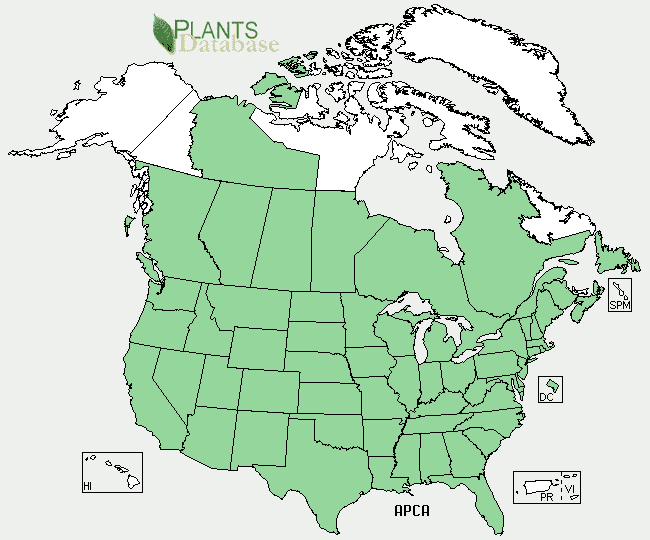
Indian hemp (Apocynum cannabinum)
Indian hemp, also known as Wild cotton, Prairie dogbane
Indian hemp, also known as Apocynum cannabinum, was historically utilized by Native American tribes for its strong fibers, which were perfect for crafting nets, bows, and fishing lines. Despite its practical uses, the plant contains toxic compounds that pose serious health risks, including the potential for cardiac arrest if ingested. Additionally, it serves as a crucial food source for certain insects, such as hummingbird moths. Therefore, handling Indian hemp requires careful precautions to avoid accidental poisoning.
Key Facts About Indian hemp
Attributes of Indian hemp
Lifespan
Perennial
Plant Type
Herb
Plant Height
2 m
Spread
45 cm to 75 cm
Leaf Color
Green
Flower Size
2.5 cm
Flower Color
White
Scientific Classification of Indian hemp
Phylum
Vascular plants
Class
Dicotyledons
Order
Gentianales
Family
Dogbane
Genus
Indian hemp
Species
Indian hemp
Toxicity
ingestion